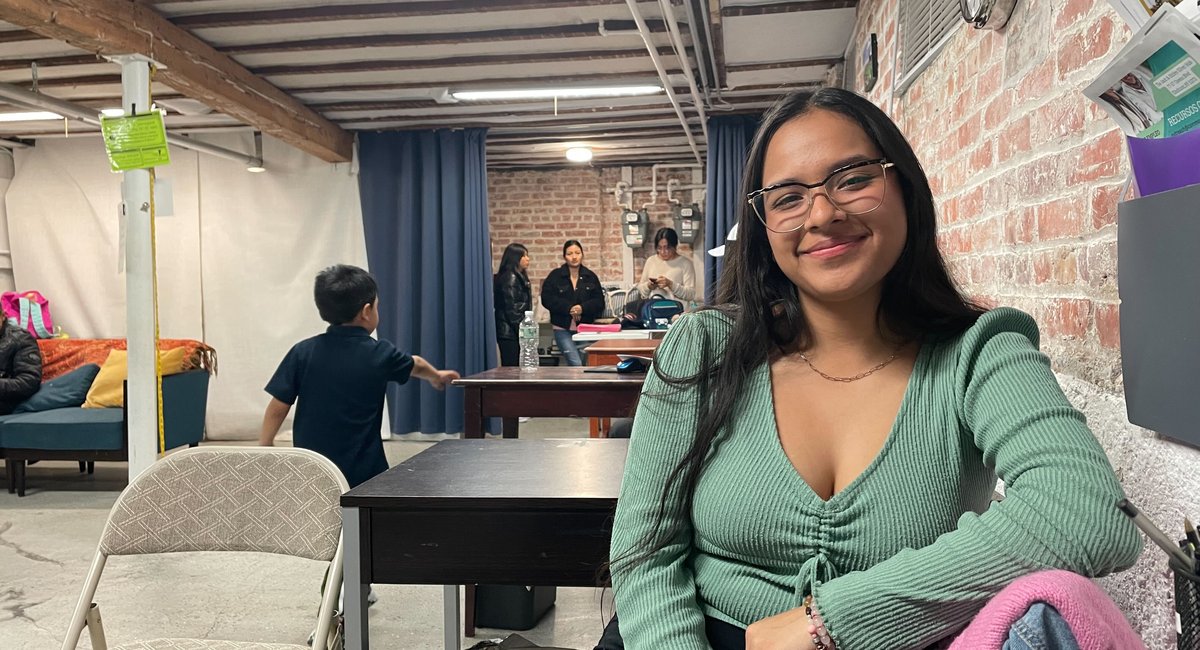Patricia Llivisaca-Ramos was a legal assistant in her native Ecuador but took whatever work she could get after arriving in New York City two years ago.
That included cleaning homes in Brooklyn, earning $60 for two apartments or one three-story home in four hours. The 42-year-old met customers in public, then followed them to their homes. The experience left her feeling vulnerable and unsafe, and she always made sure to tell her husband where she was going.
“I would always try to remain alert and look where the entrances and exits were,” she said.
But Llivisaca-Ramos’ life took a different course in January after she obtained a coveted employment authorization document. The federal “work permit” allowed her to stop cleaning homes in the underground economy. She began a full-time job in January at an immigrant rights organization in Queens.
“It was life-changing,” said Llivisaca-Ramos, who rents a studio in Flushing with her partner and child, and regularly sends cash to her other children back in Ecuador. “My life took a 360-degree turn.”
It was life-changing. My life took a 360-degree turn.
More migrants’ lives are taking similar turns, and are doing so at a quickening pace. The number of work permits approved by the federal government has steadily risen since summer, according to new data from the U.S. Citizenship and Immigration Services.
More than 361,000 work permits were approved in December, according to the U.S. Citizenship and Immigration Services. That’s twice as many as in December 2022, months into an immigration wave that has sent some 180,000 migrants to New York City. Approvals climbed to 382,000 in January, with local data reflected in the national totals.
Muzaffar Chishti is a senior fellow and director of the Migrant Policy Institute office at New York University School of Law.
Photo courtesy of the Migrant Policy Institute
Work permits are also being processed more quickly,…
Read the full article here

Leave a Reply